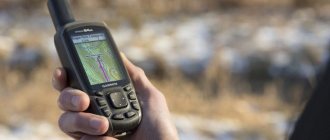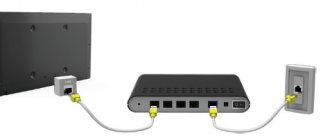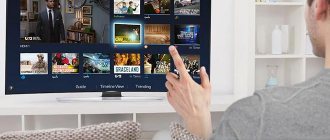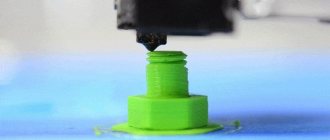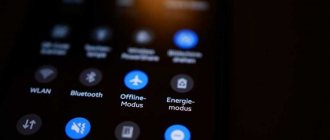No driver, being in an unfamiliar area, would like to get lost. In addition to the added stress, trying to get to the desired route often leads to excessive fuel consumption. Regardless of whether it is a vacation trip or a business trip, such waste is undesirable for the wallet of any motorist.
The road, especially an unfamiliar one, can have unpleasant surprises in store for drivers in the form of large potholes, sharp turns, difficult junctions and traffic jams. To feel confident on any highway, motorists are encouraged to purchase a GPS navigator.
Let's consider what kind of device this is, how to choose and configure it correctly. We will also discuss whether its operation depends on the country in which the car is located.
What should a navigator do?
To successfully use a navigator, the average driver does not necessarily need to understand its structure and operating principle - they just need to read the instructions. However, a well-rounded person is always interested in learning more about the things he uses.
The navigation system performs the following functions:
- Ensuring driving safety.
- Building an optimal route from point “A” to point “B”.
- Changing the route to avoid traffic jams.
- Finding different types of services.
- Selling your own goods and services.
Having a navigation device on your car dashboard or smartphone, you can easily use the map and see where this or that object is located, as well as set the desired direction.
Design and principle of operation
A car navigator consists of the following elements:
- The main board on which the memory module and microprocessor are installed. This part is the most important in the device. The quality of the device depends on its technical component - what software can be installed on it, whether it will have an additional function, etc.
- Monitor. This is usually a touch screen that displays a map and settings positions. When choosing a device, you need to pay attention to the quality of the screen. It must be created using IPS technology. The picture on such a monitor will be clearly visible, even in direct sunlight. The analogue created using TFT technology is much inferior in this regard, despite the fact that most modern models have a protective coating. This part is connected to the motherboard using wires assembled into a single trunk (loop).
- Power supply. Battery capacity depends on the device model. Thanks to this element, the device is able to operate when the ignition is turned off (in some cars, the cigarette lighter is also powered through a contact group). When deciding on the navigator model, you should also pay attention to the battery capacity, since during battery operation it consumes a lot of energy (for this reason, the smartphone will quickly discharge).
- A convenient and high-quality case is an important component of any navigator. When buying a navigation system, you should also pay attention to the strength of the case. Older models were made exclusively from plastic. During fast driving, especially on uneven roads, due to shaking, the navigator may become detached from the mount (or the suction cup may simply become detached from the glass to which it is attached) and fall. To prevent the body from breaking into small pieces in such cases, modern models have stiffening ribs and are rubberized. The more expensive type has dust and moisture protection. If the driver is involved in extreme types of motorsports (for example, overcoming rough terrain or rallying), then it is better to opt for these options.
Externally, the navigator resembles a small tablet or even an e-reader. More expensive models have additional options.
The device operates according to the following principle. In order for the listed elements to help the motorist on the road, it is necessary not only to connect them together, but also to configure them correctly. Firstly, an electronic program is flashed into the processor, which works together with the memory module. The software synchronizes the operation of the GPS module, the monitor, the processor itself and the memory unit (many modifications also have a slot for memory expansion, for example, for an SD card).
After flashing the BIOS, the OS is installed (the system that will perform the corresponding operations). The most commonly used system is Android, but modifications on the Windows platform or other OS are also found. Despite its high reliability, the second is being replaced by the first, since it works much faster and is more flexible in how often an update or additional interface is installed, making working with the device more pleasant. In addition to these two main ones, there are also lesser-known platforms that have their own design and configuration scheme.
This is just basic firmware, but it does not allow the device to work as a navigator. In order for him to choose a route and navigate on the map, a work program and maps of the area are installed. Today, there are at least a dozen stable programs that work well in different countries. The most common are Navitel or those that work on the search platform from Yandex or Google.





